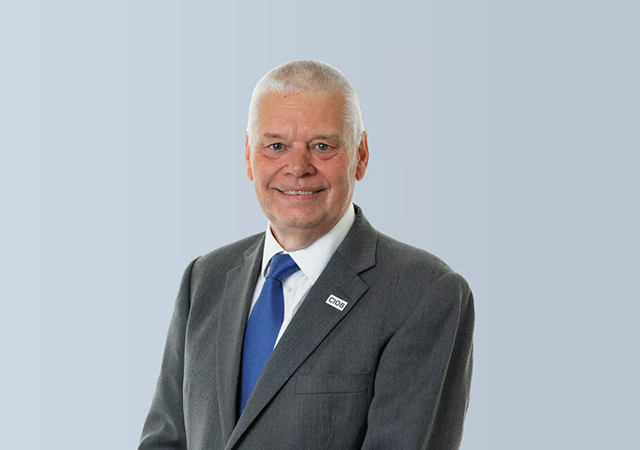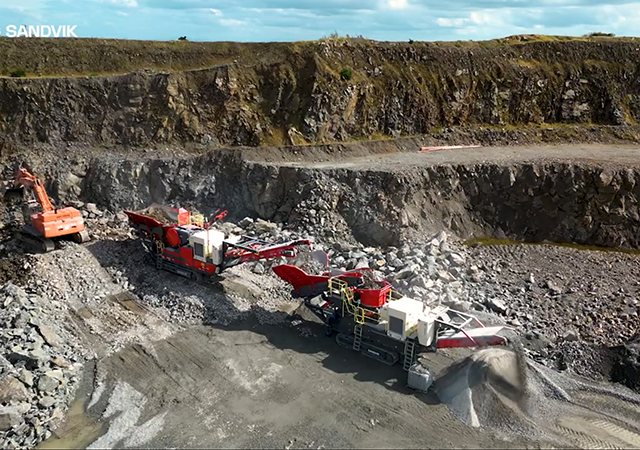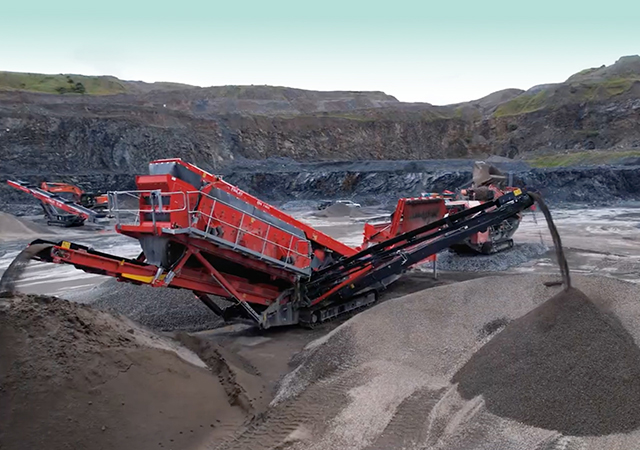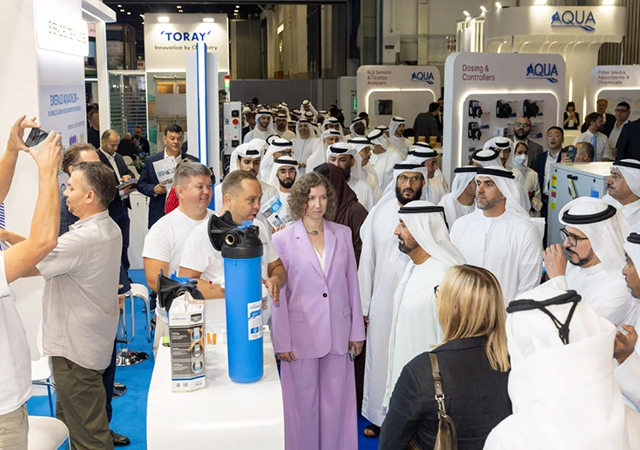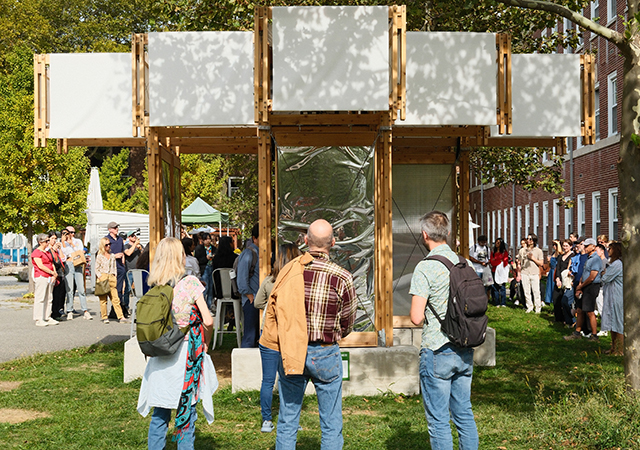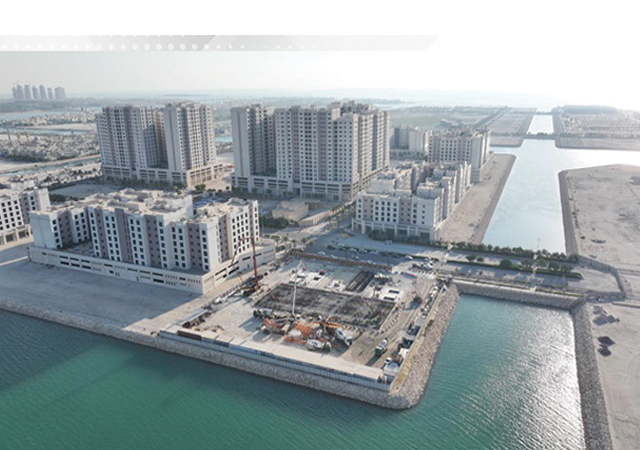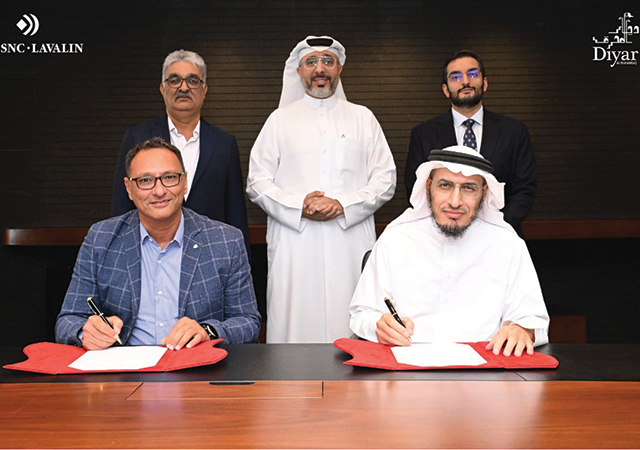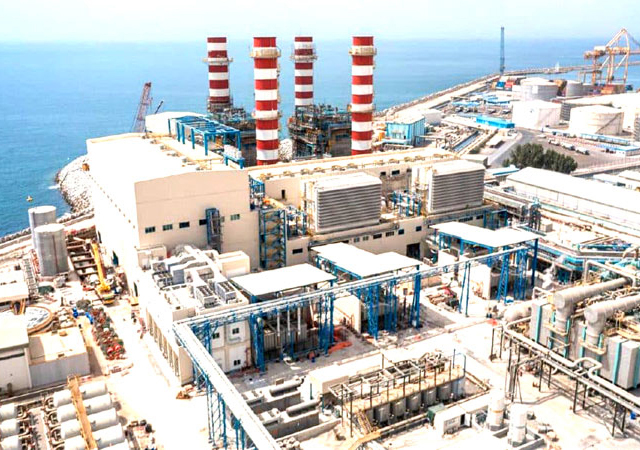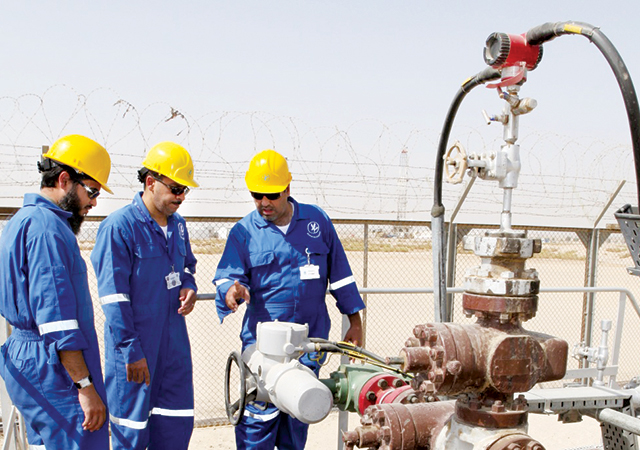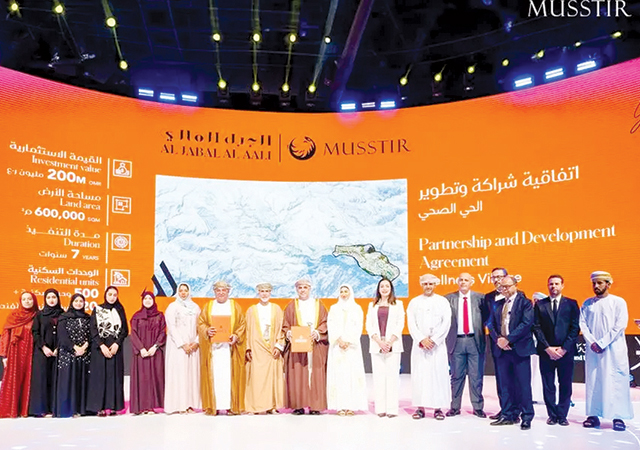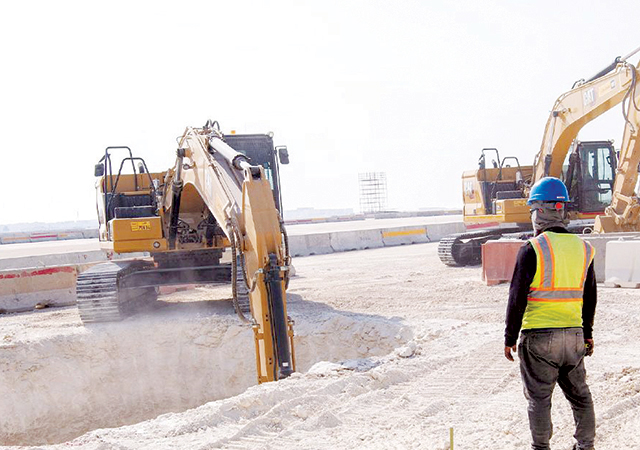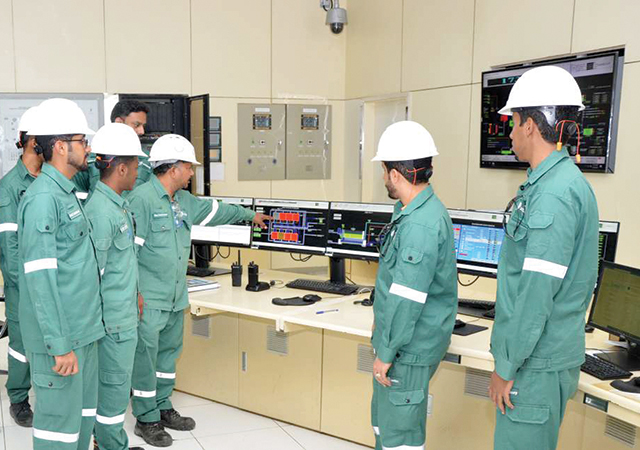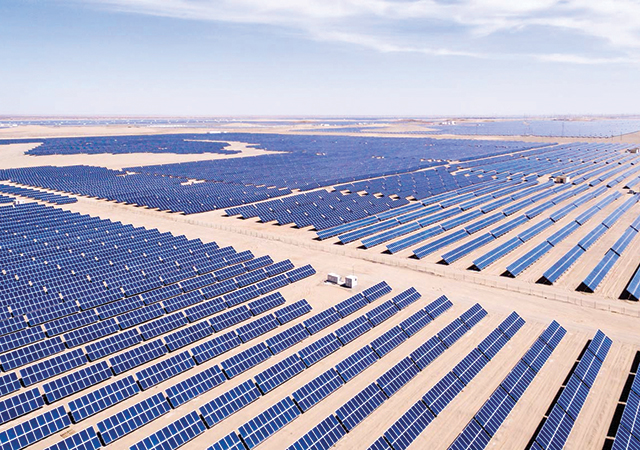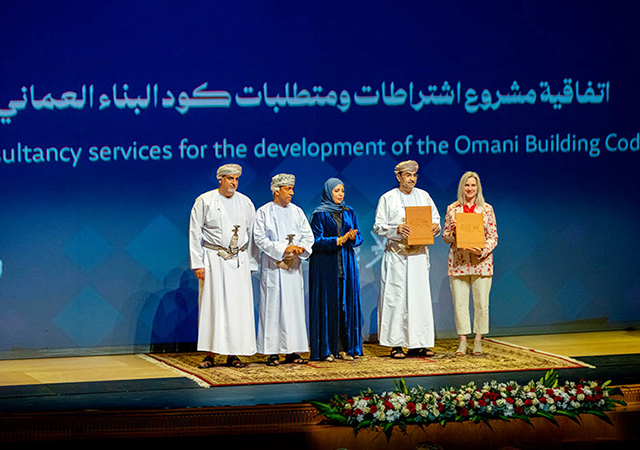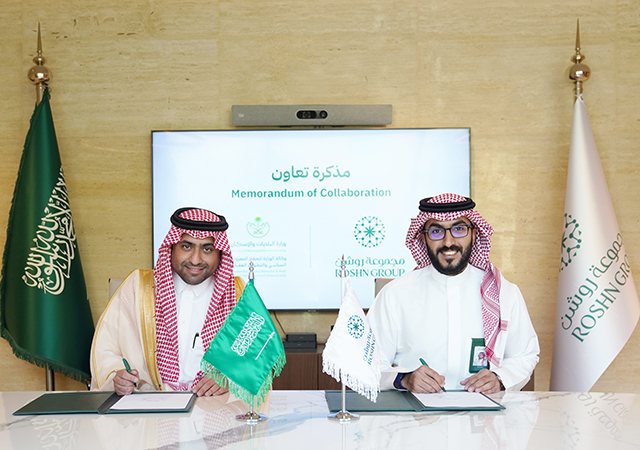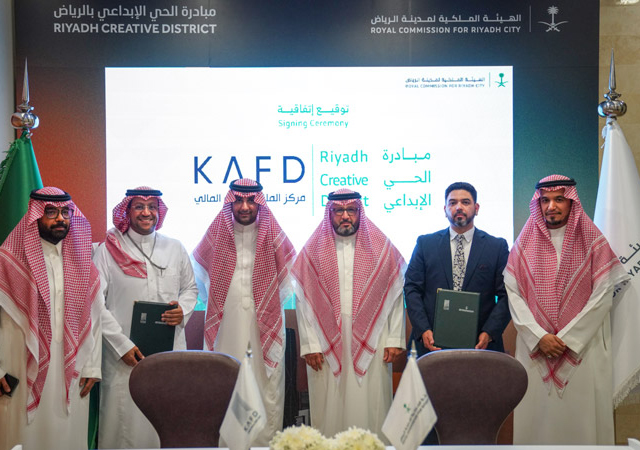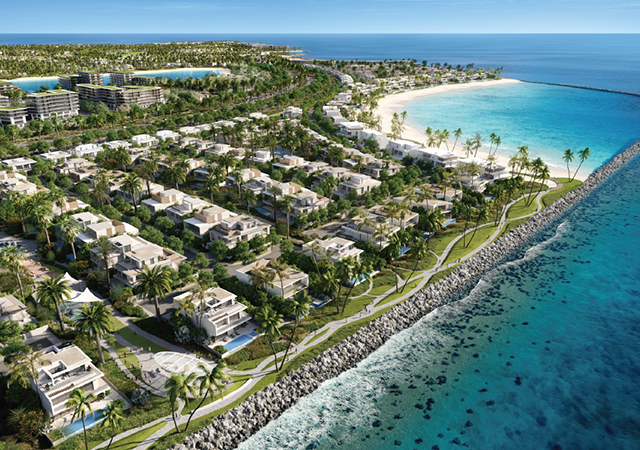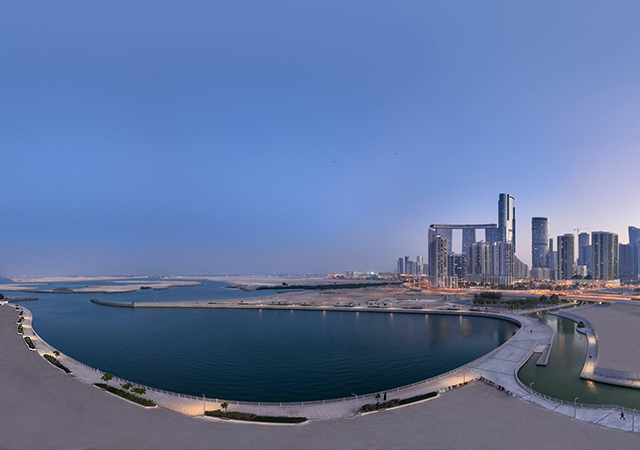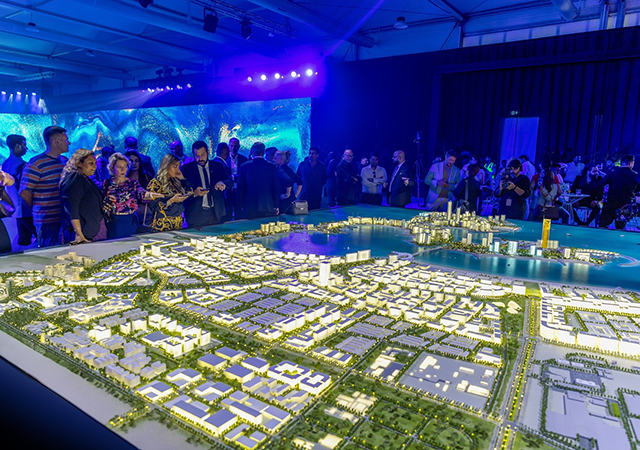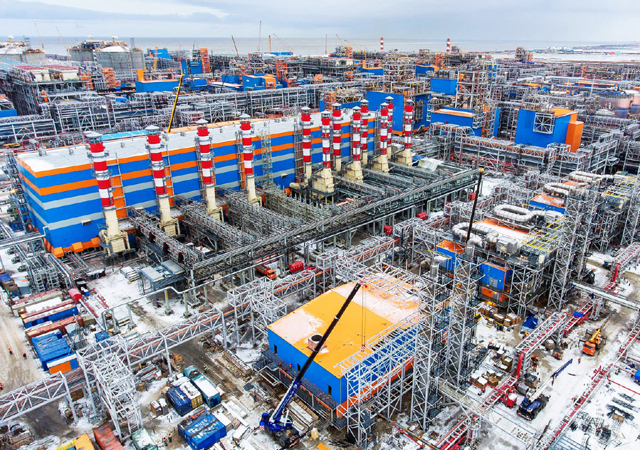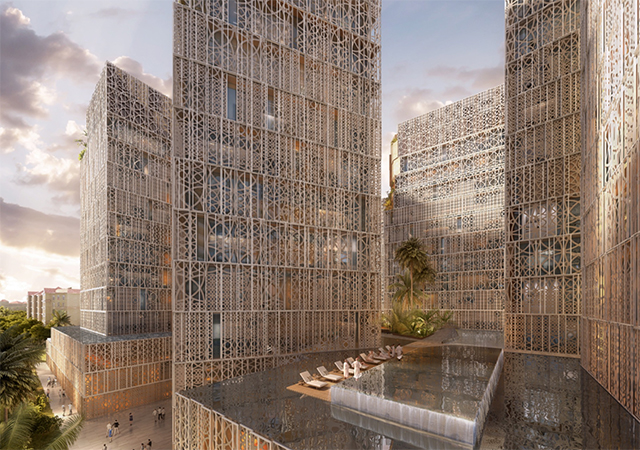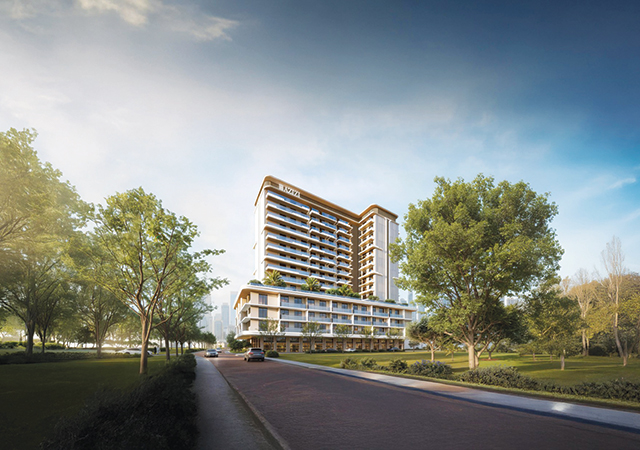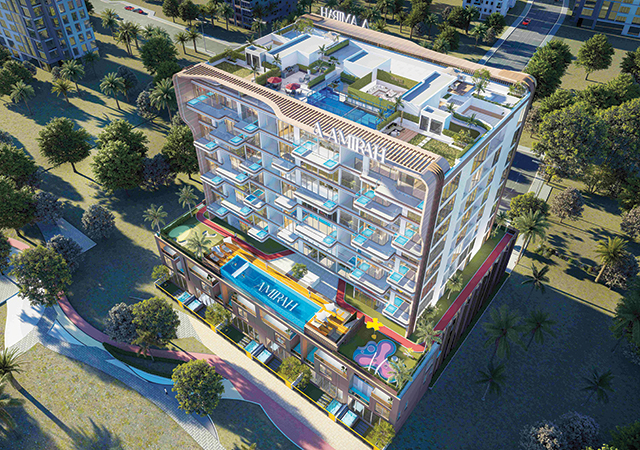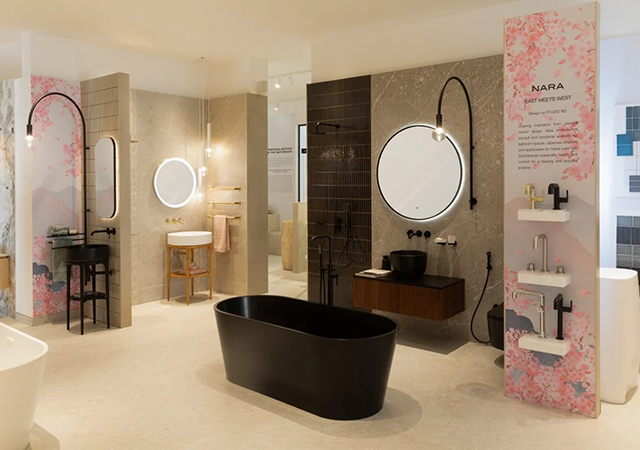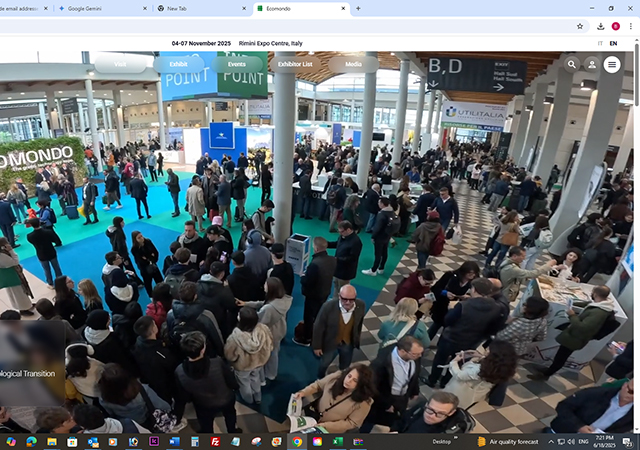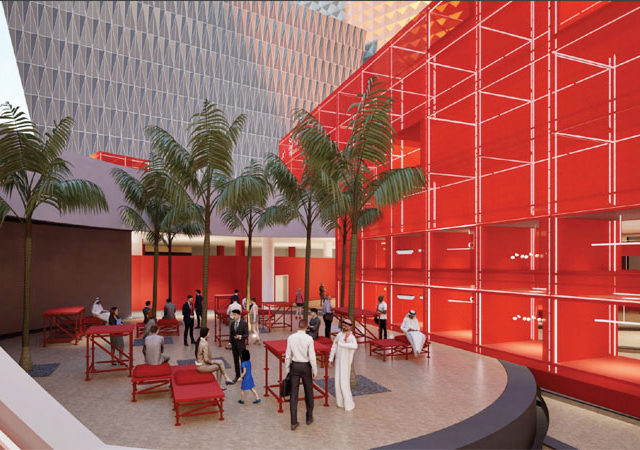
 Dr Nazarinia.
Dr Nazarinia.
The Fluid Mechanics Group of the School of Engineering and Physical Sciences (EPS) at the Heriot-Watt University Dubai Campus (HWU) has designed, manufactured and tested a submersible pump testing rig in collaboration with Wilo Middle East.
The testing rig is now in its final testing stages and will be commercially available for testing different sizes of submersible pumps.
Electric submersible pumps (ESP) comprise a motor and pump built into a watertight unit, and are either powered by a single- or three-phase motor, which rotates a shaft directly connected to a series of impellers/diffusers.
ESP (wet) pumps are more beneficial in comparison to dry pumps as they are primed (each stage is fully immersed) initially when immersed in fluid, according to Dr Mehdi Nazarinia, assistant professor in mechanical engineering – Fluid Mechanics HWU. The efficiency of the pump is greater as it pushes the fluid to the surface as opposed to pulling it in jet pumps.
In order to analyse a submersible pump, several important factors such as inlet and outlet pressures, flow rate, fluid temperature, power usage, and immersed depth, must be tested during operation. Measuring each aspect with precision is essential to produce accurate results and requires sensitive and specialized equipment and rig design to measure each factor.
Highlighting the newly designed system, team leader Dr Nazarinia says: “The rig is made of high-density polyethylene (HPDE) material and comprises a main tank, ESP, discharge valve, recirculation inlet attachment, pressure shroud and discharge pump. The flow is measured with an accurate ultrasonic flow meter.”
According to Dr Nazarinia, the rig has been designed to test the parameters specified by the supplier and help identify the reasons, if any, why the design standards were not met.
He adds that since the UAE and other GCC countries enjoy an abundance of solar energy throughout the year, solar powered pumps would be an efficient and sustainable solution.
“In order to design such a system, various factors have to be looked into such as the amount of solar radiation at the location where the system has to be installed and the amount of water that can be pumped. Our next plan is to incorporate solar PV (photovoltaic) panel systems to our pump testing rig to provide clean energy to test pumps,” he says.



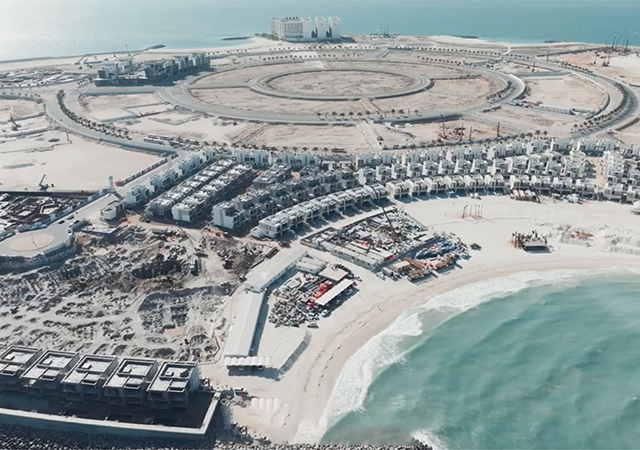
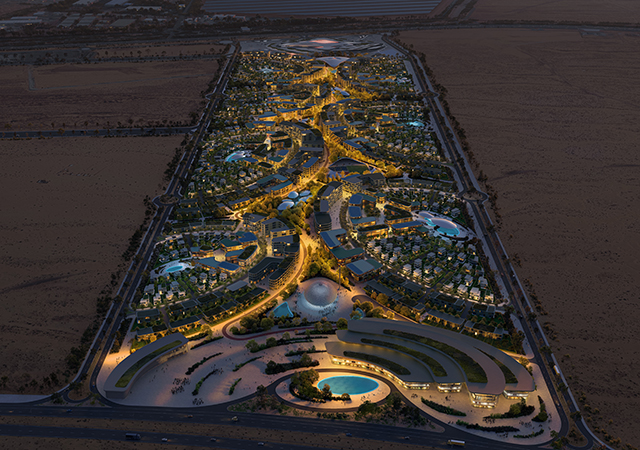
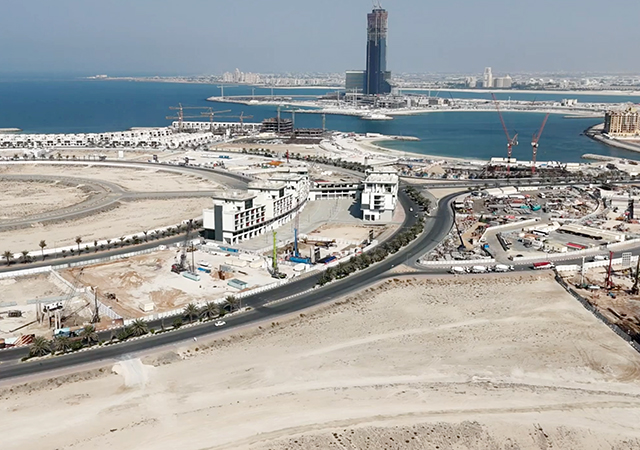
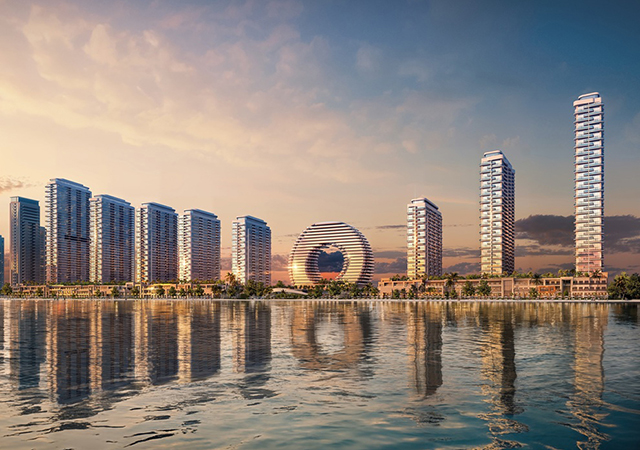
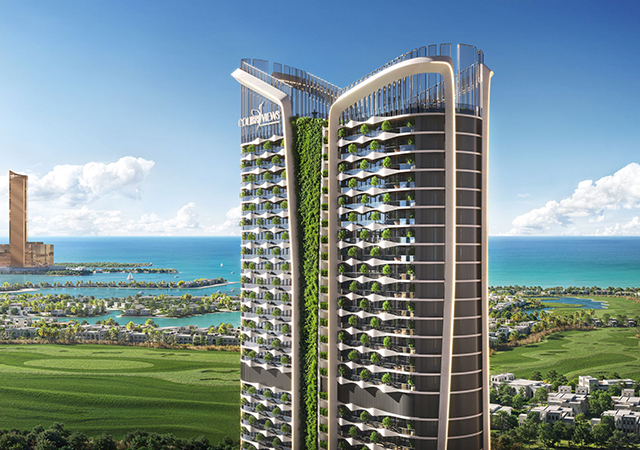
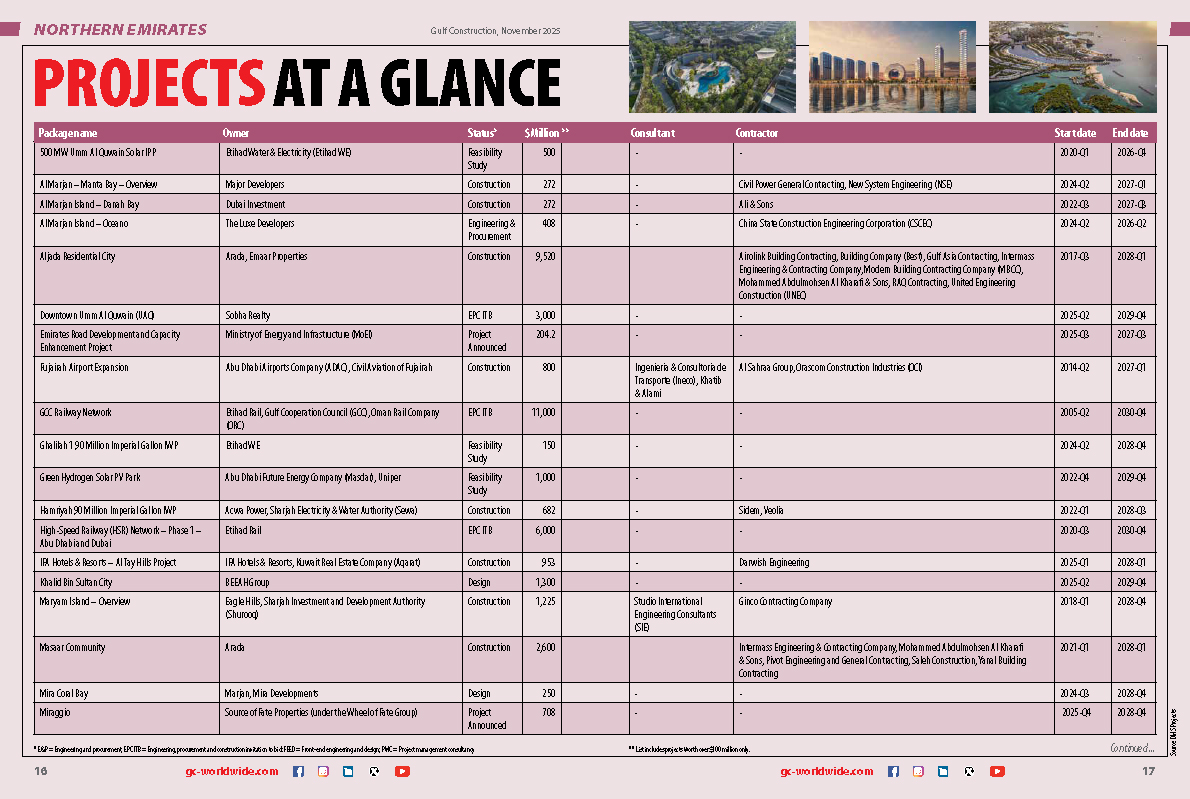
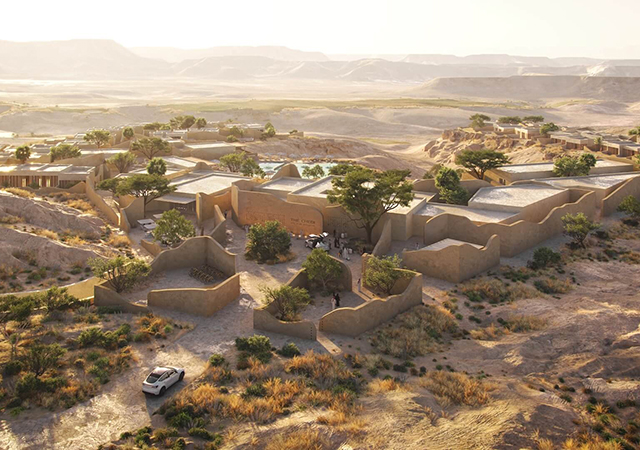
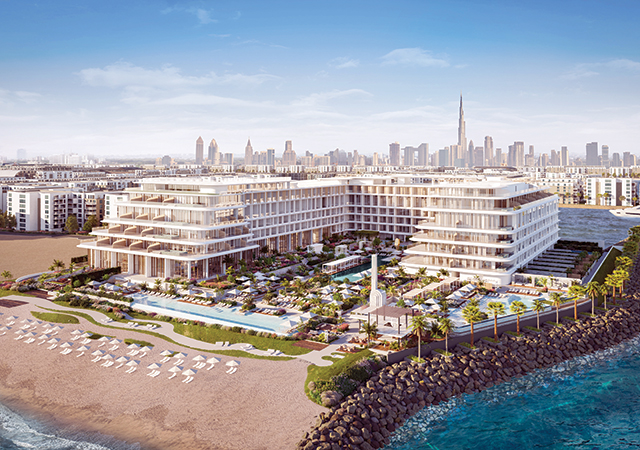
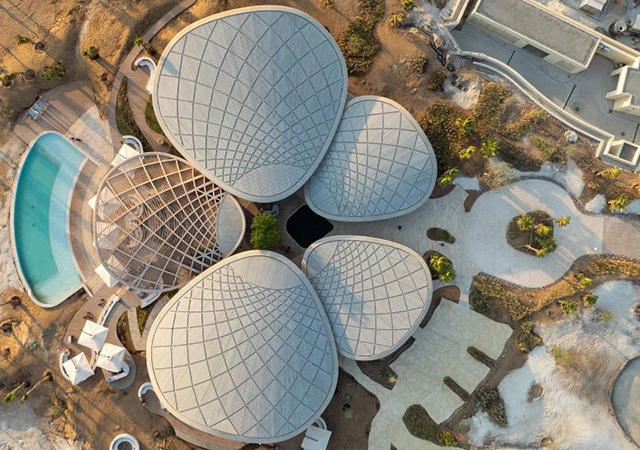

(5).jpg)
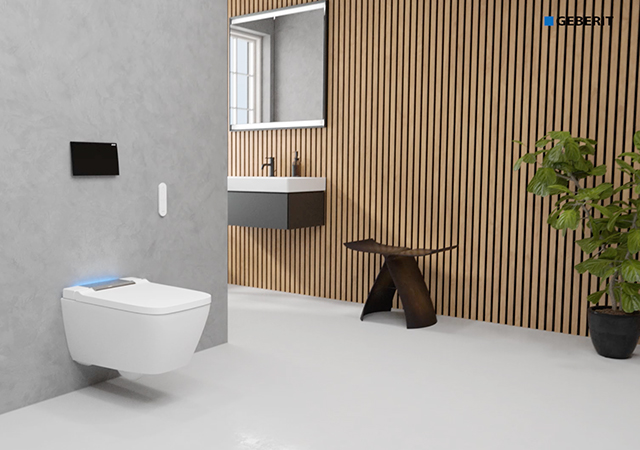




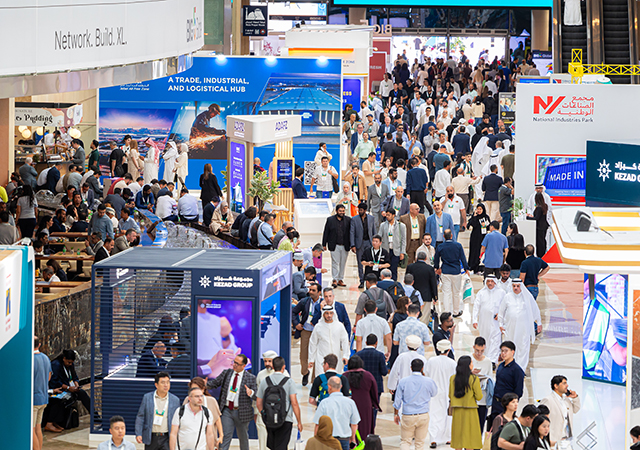
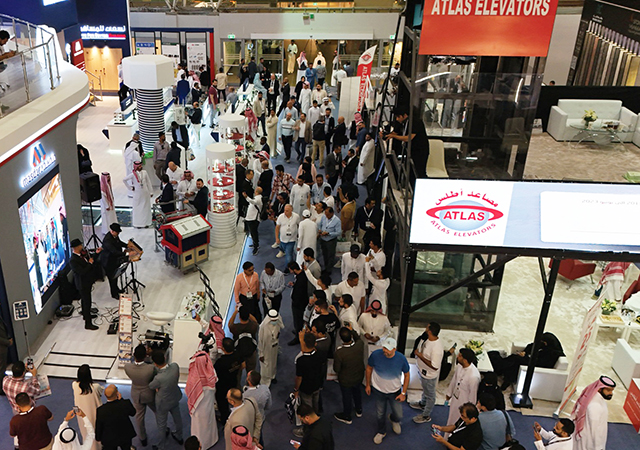

.jpg)
